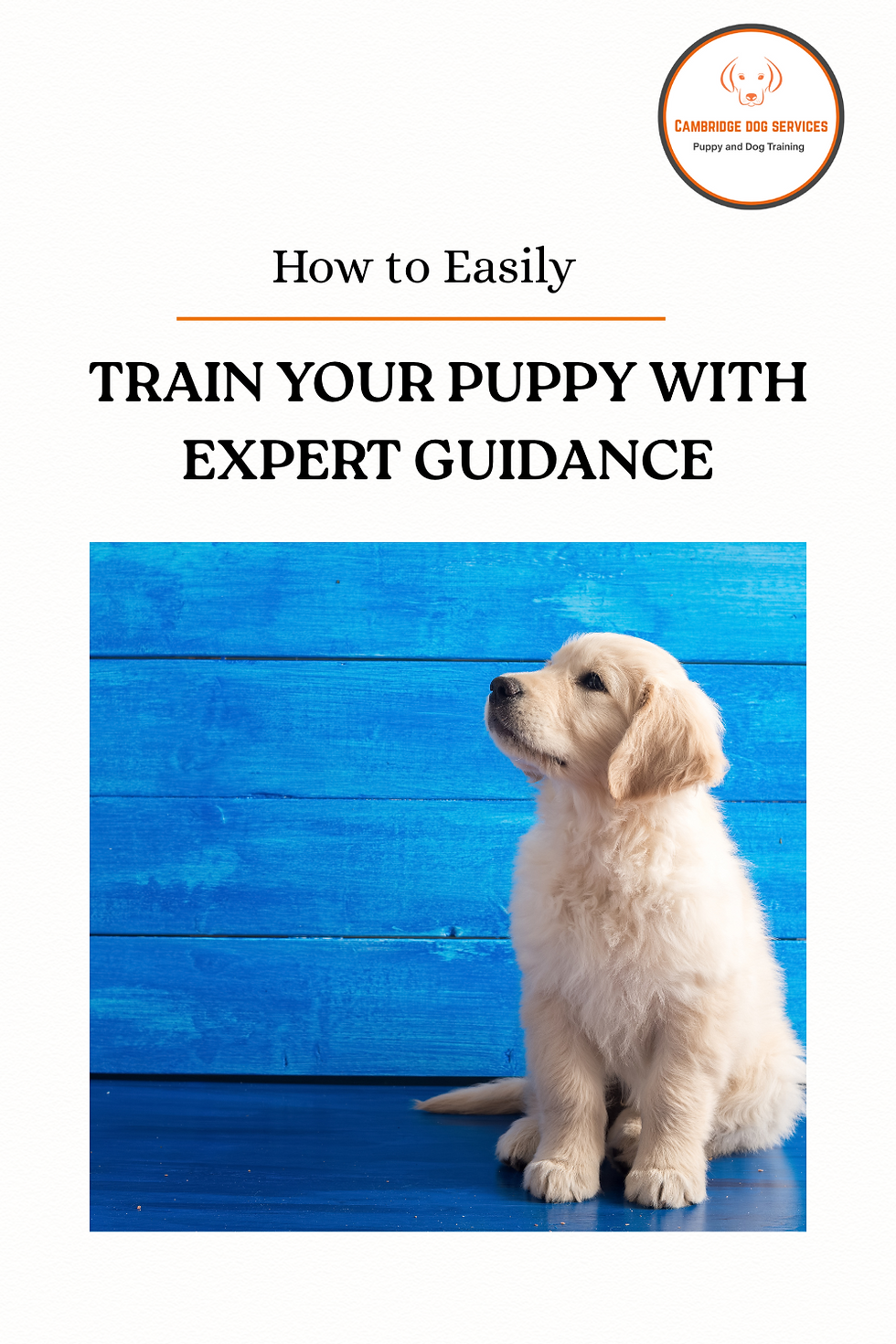The dreaded grass seed
- Melissa Hartnack
- Jul 1, 2019
- 3 min read
Updated: May 18, 2024
Grass seeds are at their most dangerous in the summer months in the UK. The seed digs into the dogs skin and gets infected.
Its hard to imagine that a simple grass seed can cause issues but these tiny pointy seeds are a big problem for dogs! Medical issues range from mild swelling to life-threatening illness.
Which grass seeds are causing the problem?
In England, Foxtail is the main grass that causes the most issues. The part of the grass that causes the problem is the awn.They are the stiff needle-like element of the seed. The seed has a sharp spike head and an arrow shape with bristles that point backwards. The sharp point enables it to borrow into the soil whilst the arrow head bristles prevents if from coming out again. The moisture in the soil causes the awn to swell which helps to keep in in the soil.
The awns can easily get caught in the dogs fur. Once it is caught the seed then can easily penetrate the skins surface. Their clever shape is designed to travel forwards but not backwards which enables the seed to move further into the dogs body. The more the dog licks, chews and scratches the more the seed borrows its way in.
A dog's body is a lot less dense than soil, once the seed enters the body it can keep traveling, ending up in the lungs, bladder, spinal cord and even the their brain.

Which dog breeds are at risk?
All dogs can be affected by grass seeds but dogs with medium-length coats are at the highest risk as compared to dogs with short or long haired coats. Medium length coats have a higher density undecoat, which traces the grass seed and is more likely to hold them closely to the skin. Dog breeds with feathery paws like spaniels are also most likely to get a grass seed stuck in-between their toes. Some of the most common breeds that tend to suffer the most are:
Cocker Spaniels
Springer Spaniels
Labradors
Golden Retrievers
Border Collies

What symptoms should I look out for?
The symptoms vary depending on where the grass seed entered the body and where the grass seed ends up. The most common areas a grass seed enters the dogs body are the paws, ears, eyes or nose. A dog can also inhale the seed through their mouth. If the seed starts to move through your dogs body is could reach their spinal cord or brain.
Signs to look out for are:
Paws and Skin:
Swelling
Licking the area constantly
Puss or bloody discharge
Lameness
Ears:
Itchy, irritated ears
Head tilted to one side
Shaking the head constantly
Pus in the ear
Nose:
Sneezing
Blood from the nose
Shaking the head
Pawing or rubbing at the muzzle
Eyes:
Swollen eyelids
Mucky eye gunk
Sore, red eye
Inhaled:
Coughing
Fever
Breathing faster and harder then normal
Not eating
Large glands in the neck
Spinal cord:
Trouble walking
Decreased appetite
Tiredness
Trouble weeing
How can I protect my dog from grass seeds?
Keep hair around ears and paws short to minimise the awn of the grass seed sticking and burrowing into the skin. Brush your dog regularly and inspect your dog after every walk, removing any loose seeds will also help to reduce the likelihood of any penetrating the skin.
A UK company called Mutt Ear Mitts has made a “hat” for dogs to protect their ears from grass seeds. You can buy their hats from the link below: https://www.muttsearmitts.co.uk/shop.html#/
What should I do if my dog has a grass seed stuck in their skin?
If you notice a seed that has started to borrow into your dogs skin, or your dog is licking, chewing, shaking their head or you notice your dog showing any of the symtoms on the list above contact your vet immediately. Don't try to remove the seed your self. The grass seeds can break easily and it will can course a lot more problems if part of the seed breaks off and gets lots in your dogs body.
Related blog post:
How to keep your dog cool in a heat wave
The problem with playing fetch
Enrichment for dogs










Comments